This is by no mans an exhaustive list but should give you a good guide to a great smoothound mark near you – wherever you are.
- Selsey, West Sussex
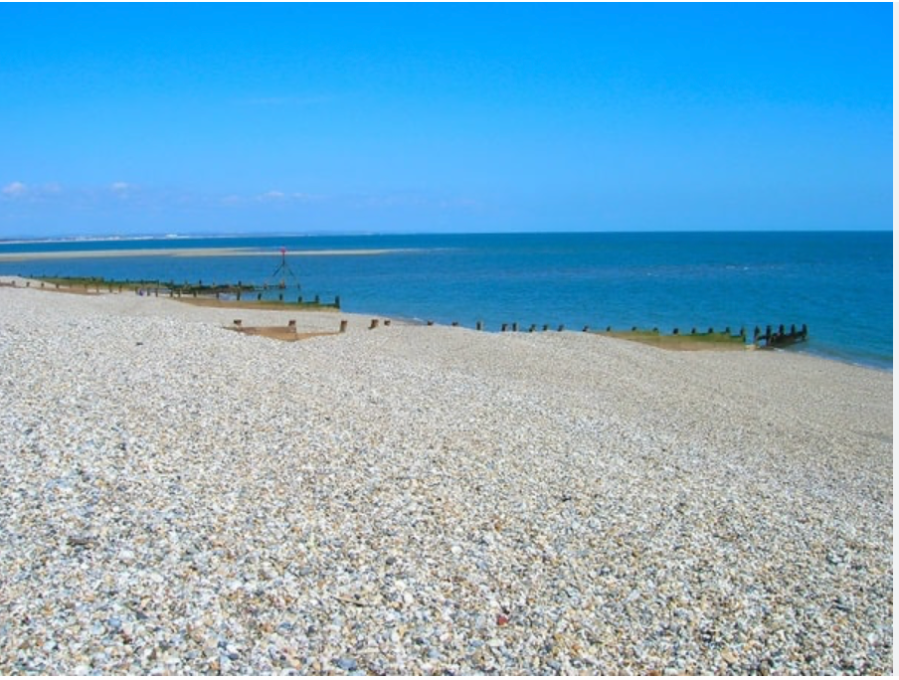
Always a standout venue every year for anglers seeking smoothounds. The west beach is the popular area where evening flood tides in calm weather are considered best. This is probably the most iconic smoothound and tope venue in south east. Peeler crab and squid are the favourite bait for smoothies.
How to get there: To get there go to Chichester and take the B2145 off the by-pass through Hunston and Sidlesham common. Selsey Bill sticks out into the Channel and is a steep shingle beach with some very deep water close in.
2. Skegness, Lincolnshire
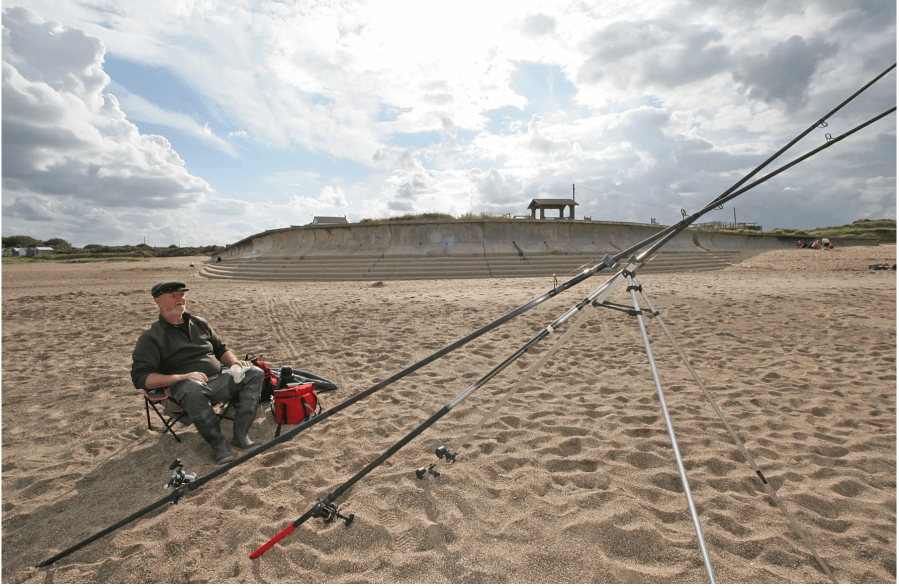
The flat sandy beaches along the Lincolnshire coast are well known for their prolific fishing for smoothounds in the summer. Skegness is a favourite but also try Chapel Point, Hutcroft and Sutton on Sea. Chapel Point is a long sandy stretch of beach has easy access and is an ideal location for anyone wanting some summer action. It fishes best on a flooding tide after a calm spell and better if high water is early morning, as the sun is rising. Winter months are best after a rough sea when the water is coloured and from low water up to high.
How to get there: From the A52 to Skegness, carry on to Ingoldmells and follow the signs to Chapel St Leonards. There is a car park at the point that has a café and public toilets and the fishing marks are short walk on to the beach.
3. Aberthaw
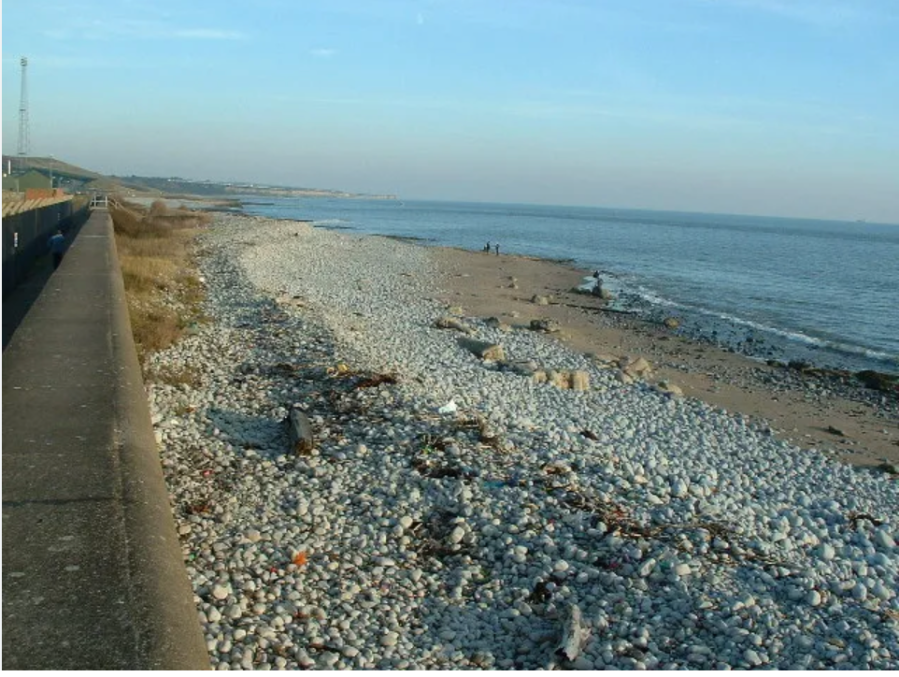
Aberthaw is one of the most productive shore angling venues in south-east Wales. For the most part the entire area consists of rock, though there are a few sandy patches and other areas of fairly clean ground to fish. The huge power station is the overriding feature at Aberthaw, and is in part the reason why the fishing here is so good. Offshore, a concrete dome marks the cooling water intake for the power station, which consequently spews millions of gallons of warm water back into the bay through outfalls, which are situated more or less on the low tide mark. Fish two and a half to three hours either side of low water on mid-range to neap tides at this prolific venue in South Wales. Other top marks includes Marcross, Monknash, Newton and Sker.
How to get there: To get to Aberthaw follow the signs for Cardiff Airport which is nowhere near Cardiff, from junction 33 off the M4. drive past the airport heading west on the A4226 and then A4265 towards Llantwit Major. You will see the power station with Aberthaw signposted just past a petrol station if heading west. Park in the car park at the end of the lane.
More here
4. The Solent
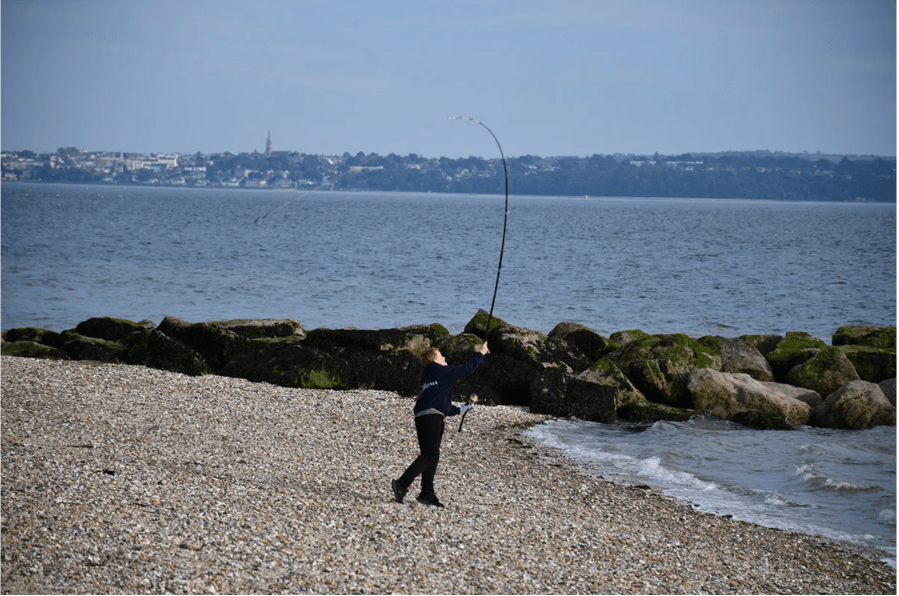
Many of the Solent venues produce hounds. Try the front of Hayling Island, where sometimes you’ll see the fish feeding close in to the beach. On the Isle of Wight, marks at Hampstead, Torness, Gurnard and Cowes can produce big fish While the shingle beach at Lee-on-the-Solent has much to offer the angler thanks to a wide variety of species throughout the year, on this occasion during June I was out in search of smoothhounds. This shingle beach near Gosport is popular with tourists throughout the summer, hence evening sessions are really recommended for most species with the exception of plaice that often show from March onwards. Being within the confines of the Solent makes the beach a fairly sheltered venue, which is only adversely affected by a strong south-west blow. Generally the last three hours of the flood and the first two hours of the ebb, when there will be a left to right tidal pull, are favoured especially for the bigger species.
How to get there: Lee-on-the-Solent is five miles west of Portsmouth. Leave the M27 at Junction 11 and follow the signs for Fareham and then onwards to Lee where the coastal road (Marine Parade) runs just behind the beach for approximately one mile. The arcade car park. located at the centre of the venue, is right on the water’s edge. It is free after 7pm. There are other car parks and free roadside parking.
5. Chesil beach
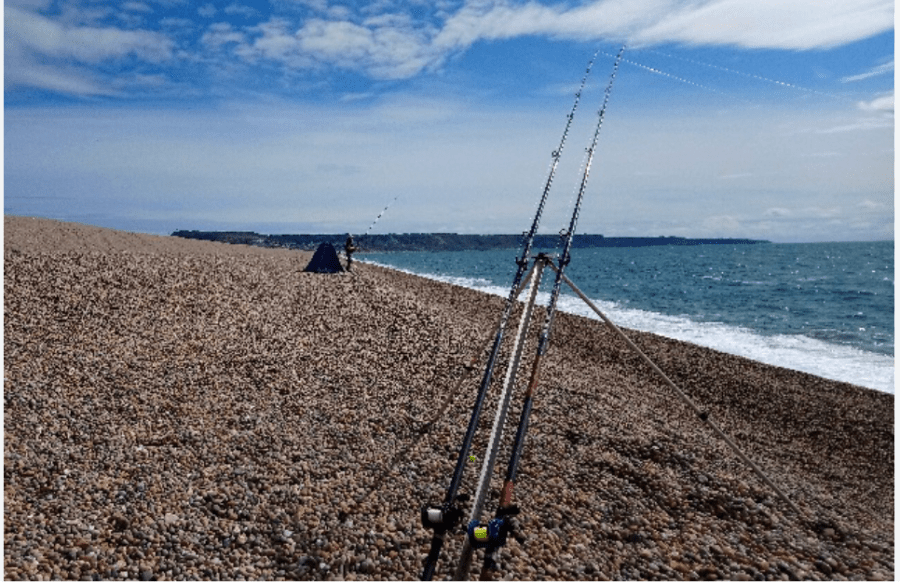
It’s hard to leave out this famous shingle beach where the best hound fishing is often at Abbotsbury. It’s not a venue for the lazy angler, there is a half-mile hike from the Ferry Bridge car park. The area will produce during night and daylight sessions, if the water is coloured just after a good blow. However, a big swell sweeping up the shingle will spoil proceedings and it can also be very dangerous. Very often the first two hours of a young flood also produce codling when the tide is pulling from left to right, but some will be taken through the tidal sequence. For other species, two hours either side of high is the favoured period.
6. Minehead
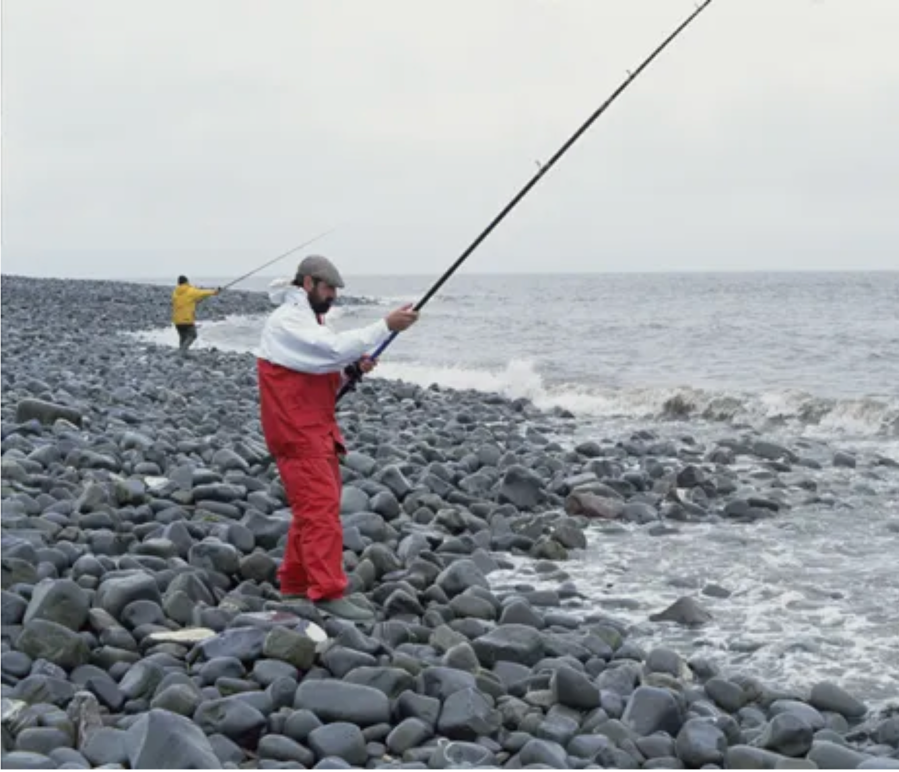
The Somerset coast is noted for its smoothounds, with fish likely at Minehead, Blueanchor, Dunster, Lilstock and St Audries. The fishing at Somserset’s Lilstock beach is an all-year round affair. You cast from boulders onto sand and broken ground or reefs. A 100yd cast is needed to the left of the sewage pipe to reach cleaner ground at high water on big tides; either side of the pipe is rougher. Low water reefs to the left produce bigger fish, but it is snaggy.
To the far right are shallower reefs that offer good sport in a south-westerly wind. Fish the left reefs from low water to three hours back, the right reefs any time, the pipe two hours back from low, up and over high and back. The pipe is best at high water.
How to get there: Leave the M5 at Junction 25 for Taunton, taking the A358 to Williton and A39 towards Bridgwater. Turn left past Kilve and before Holford on the sharp bend, head towards Kilton and on through Lilstock Farm. The turning for Lilstock is on the next sharp left bend past the farm. Drive up the track and park before the gate
7. Holderness
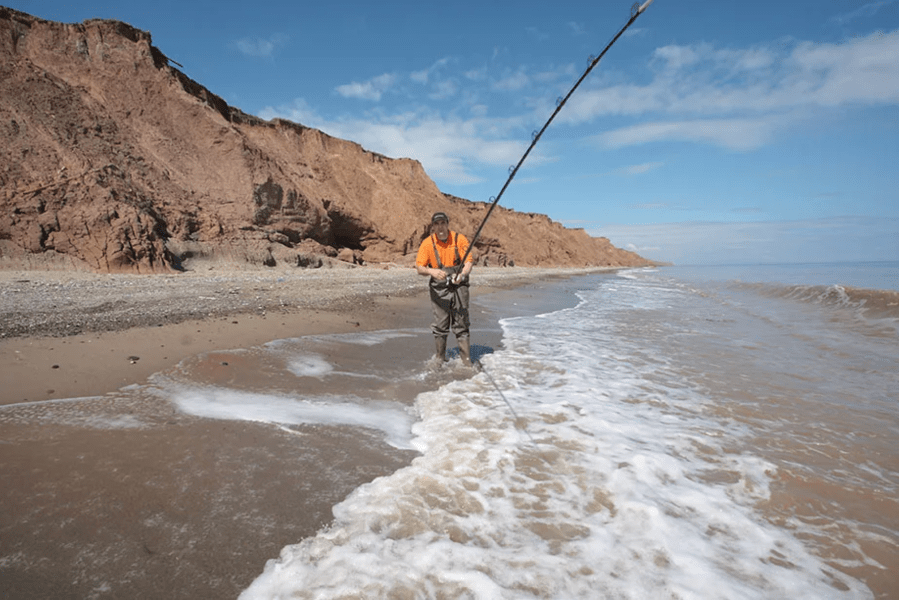
The sandy beaches of the Holderness coast, from Bridlington to Spurn always produces plenty of actions with feisty smoothounds. Dotted along the 61km of the Holderness Coast running from Flamborough down to Spurn Point are some extremely productive marks, with possibly the most popular being Hilston. Due to the continual erosion of the cliffs on this coastline, it is important to consider your access. You will need to meander down the muddy cliff to the beach.
A flat calm sea with a decent tide run are the favoured conditions, especially if the water is coloured.
Getting there: Hilston is a small village situated 12 miles east of Hull and five miles north-west of Withernsea. Take the B1242 and follow the signs. Careful parking is advised and do not block any access points.
8. New Brighton
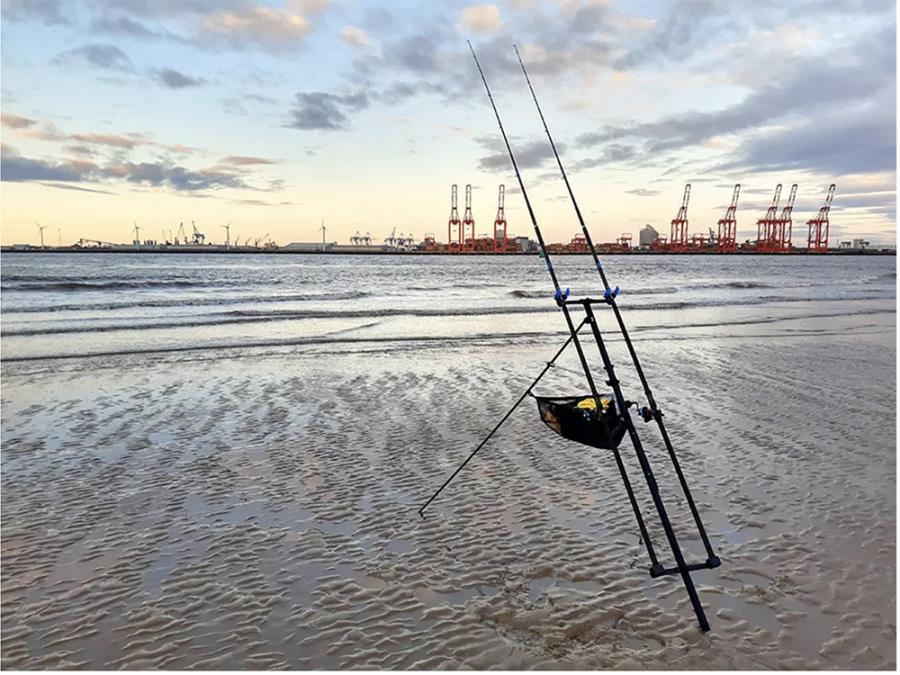
The Rock Channel on the Wirral side of the mouth of the Mersey can produce some hectic sport. Other marks on the estuary, such as Bromborough, produce good sport too. Perch rock is one great mark Decades of improvement works, including removing industrial and sewage discharges from the Mersey, has seen it to transformed into a flourishing fishery throughout the year. Perch Rock is on the Wirral side of the estuary mouth where the silt-laden waters flow into the Irish Sea. It is an easy access low-water mark with fishing from a sandy beach into deep water with strong tidal flows producing a range of fish species. It produces consistent thornback ray fishing for most of the year, and can throw up a surprise.
9. Weybourne
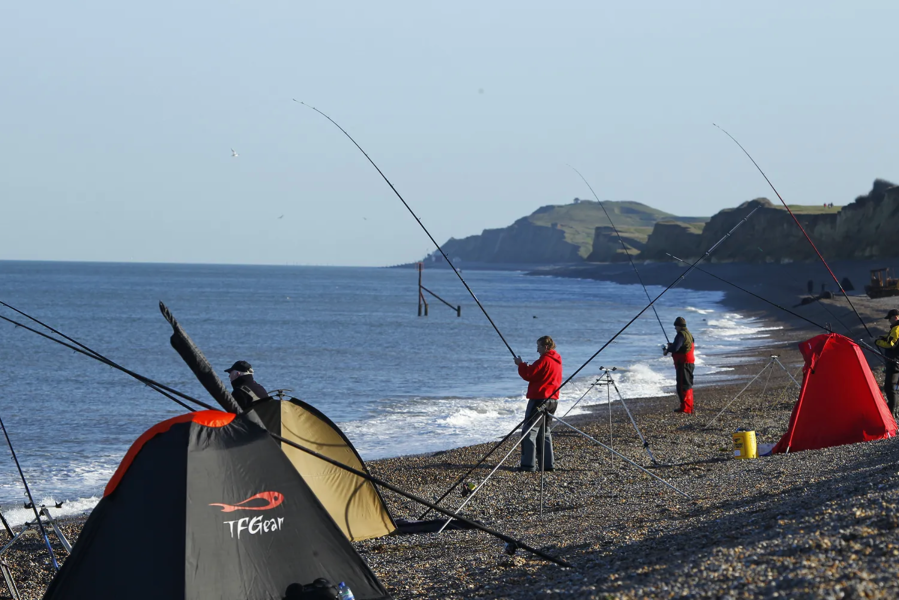
Bites from the smoothounds can be thick and fast on many of the North Norfolk Beaches The shingle bank that stretches east from Weybourne all the way to Blakeney Point in North Norfolk produces plenty of decent sport throughout the year. What is more you’ll have plenty of space, which is one reason why it is a popular match venue.
Facing into the North Sea and west of The Wash, the area is split into several sections that include Weybourne, Kelling, Salthouse and Cley. During the summer the shingle can be very busy with anglers casting feathers in search of mackerel. May weed can be a problem here in early summer too. The horrid stuff clings to your mainline and often masks baited hooks. There will be whiting in the autumn and winter, along with a few cod.
Be warned, the area has plenty of seals. It is not uncommon to hear stories of anglers having a fish ripped from the hook when reeling in, or worse, having their rod dragged from the tripod and pulled seawards, so be alert.
How to get there: The A149 runs parallel with the shingle bank and there is plenty of parking available at Weybourne, Salthouse and Cley. Expect to pay a small charge for parking and be aware that the beaches can be busy during the summer.
10. Fylde Coast
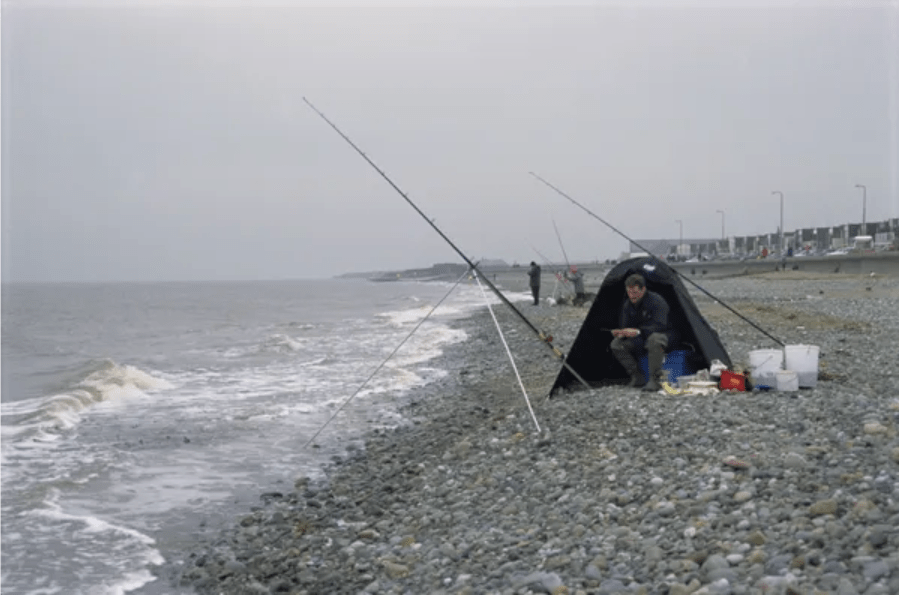
After the holiday makers leave the Blackpool area beaches, anglers will be out in calm conditions at an evening low Cleveleys is one well known mark for smoothound as is Lytham St Annes both of which fish well all year round but particularly for summer smoothound. Directions : Enter Blackpool on the M55 from the M6. Follow signs for the airport until you reach the promenade. Turn right at Squire’s Gate, past three piers and onto Cleveleys. Ample car parking







